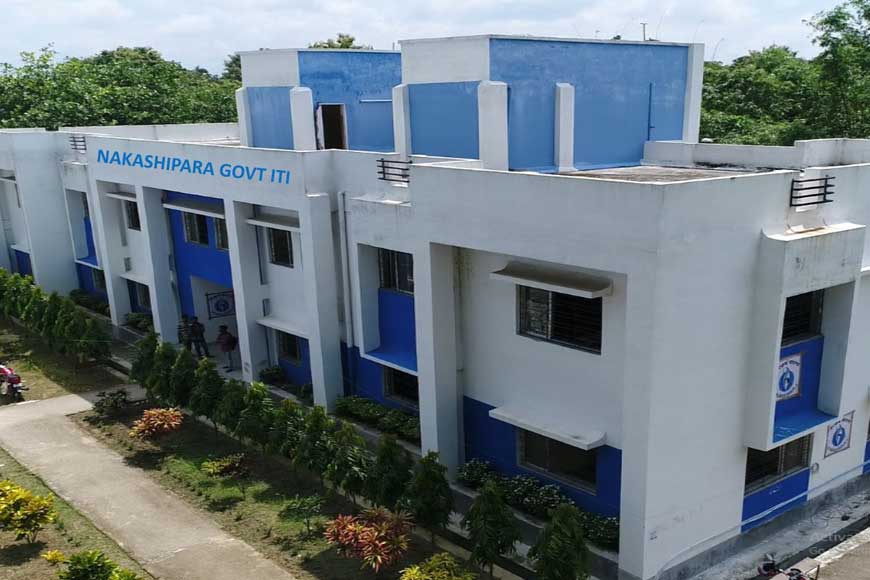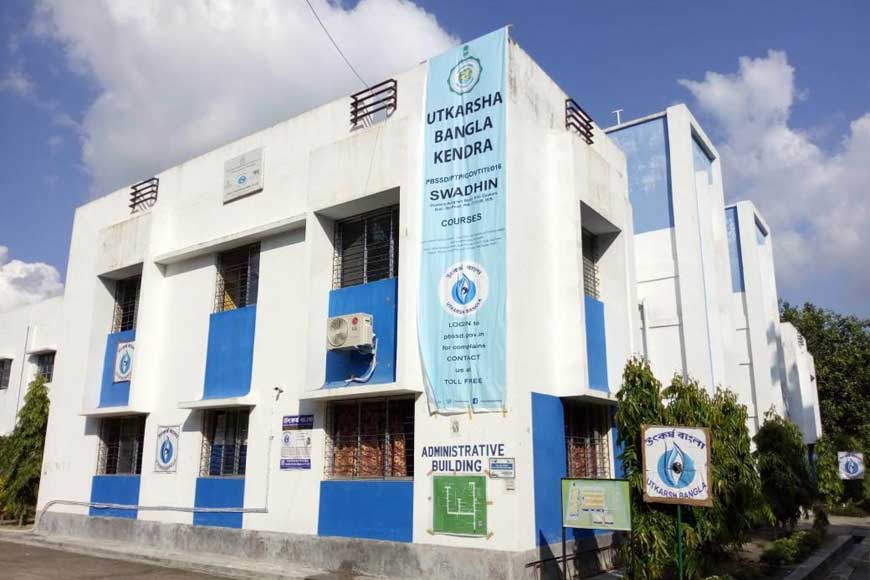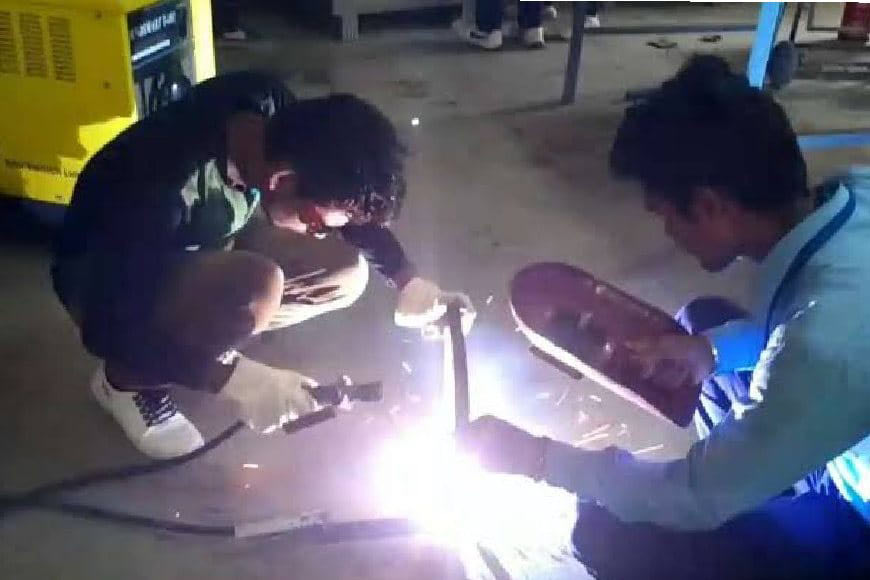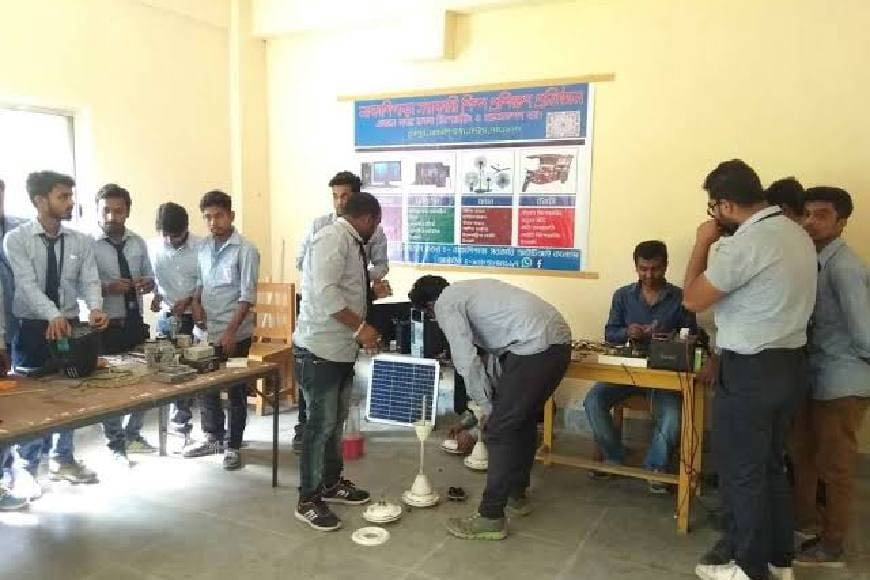Nakashipara becomes top ITI, role model for rest of India, says NITI Aayog

Nakashipara in West Bengal’s Nadia district may soon become a model for the rest of the country if a NITI Aayog recommendation is anything to go by.
National Institute for Transforming India (NITI) Aayog serves as the apex public policy think tank of the Government of India. In a January 2023 report titled ‘Transforming Industrial Training Institutes’ or ITI, it states, “The Private Training Partner (PTP) model has been adopted by (the) West Bengal Government. It offers a platform for public-private partnership, where the state government provides land and building to the partner organisation to run the CTS trades.”
Having listed the benefits of the PTP model, the 98-page report then states, “These ITI are some of the top most rated ITIs of the country. It is therefore suggested that this model may be replicated in other States.”

In short, Nakashipara ITI is now a role model for the rest of India. In the chapter titled Case Studies, the NITI Aayog report devotes a separate section to the ‘Story of India’s Highest Graded ITI’, which is Nakashipara. In addition, as the report mentions, other ITI in West Bengal are “some of the top most rated”, a reflection of the state government’s focus on making technical education accessible to as many students as possible, particularly those from underprivileged backgrounds.
Doubtless, this commendation from a Central agency will come as a shot in the arm for the West Bengal administration. As Indranil Sen, Minister of State, Department of Technical Education, Training and Skill Development (Independent Charge) says, “This report is a victory for the 10 crore people of West Bengal, and for our Chief Minister Mamata Banerjee, whose guidance has been invaluable in the running of the ITI. It is also a huge boost for the team of officials and administrators who have worked tirelessly to achieve these results.”

The report should also go a considerable way in boosting the perception of West Bengal in the rest of India, though India’s mainstream media appears to have largely overlooked the NITI Aayog recommendation.
The first ITI in India was set up in 1950 and the number today stands at over 13,350 (including both government and private ITIs), providing vocational training to around 20 lakh youths in nearly 130 trades. Given the rapid rise in the number of ITI, a standard quality assurance mechanism has become necessary, and the Directorate General of Training – Ministry of Skill Development and Entrepreneurship – has decided to grade each ITI on the basis of key parameters.
The NITI Aayog report is intended to show the outcome of this grading, as well as an indicator of the present condition of India’s ITI, and the career prospects of their students. And it is the grading system that has placed Nakashipara on top.
The Government ITI Nakashipara is presently operated by SWADHIN (Society for Welfare and Development of Human Initiatives) Trust. The Directorate of Industrial Training, West Bengal has identified SWADHIN Trust as a private training partner for the ITI through a process of Request for Proposal (RFP). The trust has been operating multiple educational institutions, i.e. polytechnics, BEd colleges and ITI.

In West Bengal, as per the PTP model, the state government provides land and the building for the Nakashipara ITI, while the partner bears the cost of machinery, teacher salaries, and daily expenses. Students pay a mere Rs 30 per month as fees, while the government pays a subsidy of Rs 7,000 per student.
Apart from Nakashipara, the report also makes special mention of the Women’s ITI in Kolkata. Established in 1992, this ITI is a joint initiative of the World Bank and the state government.











